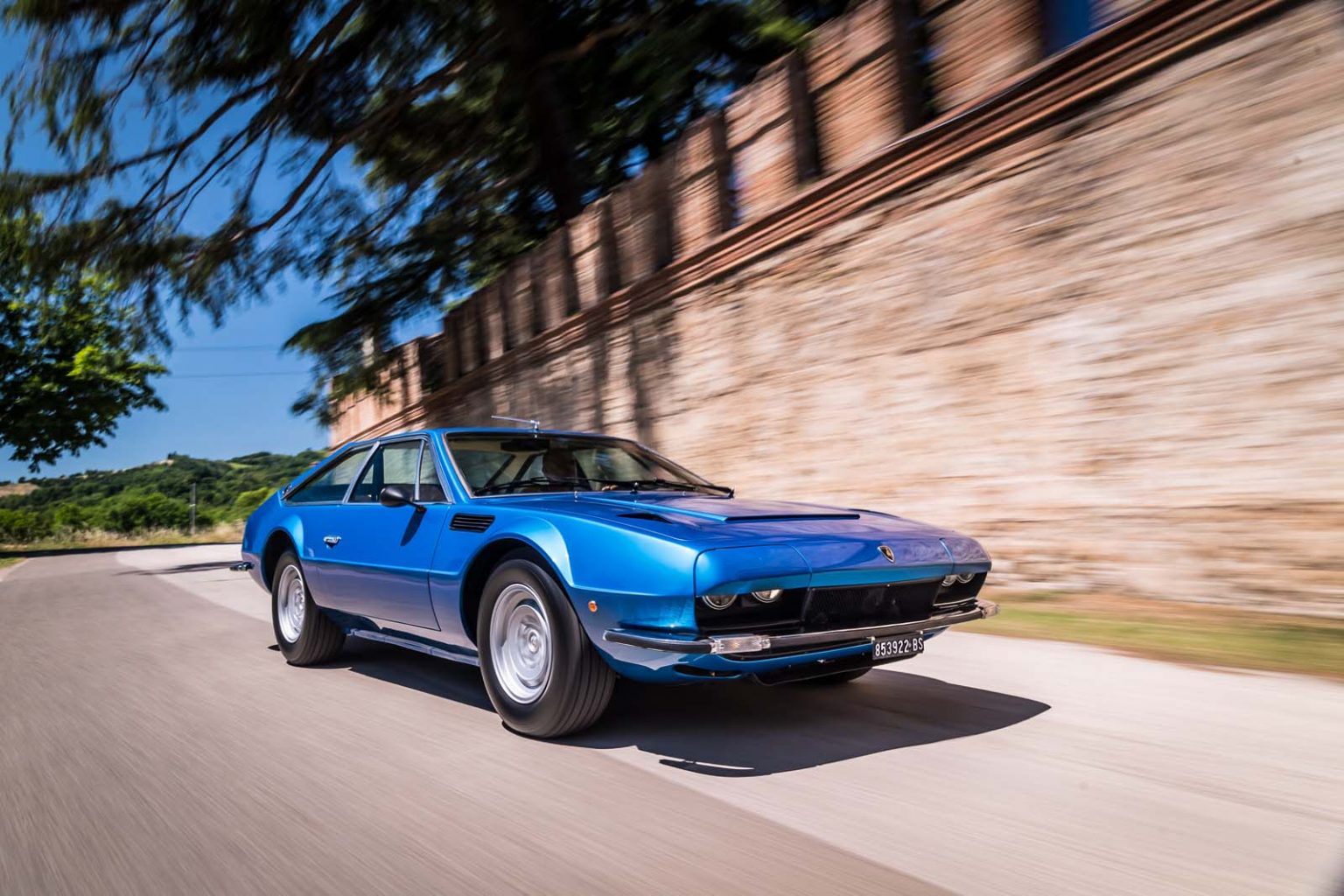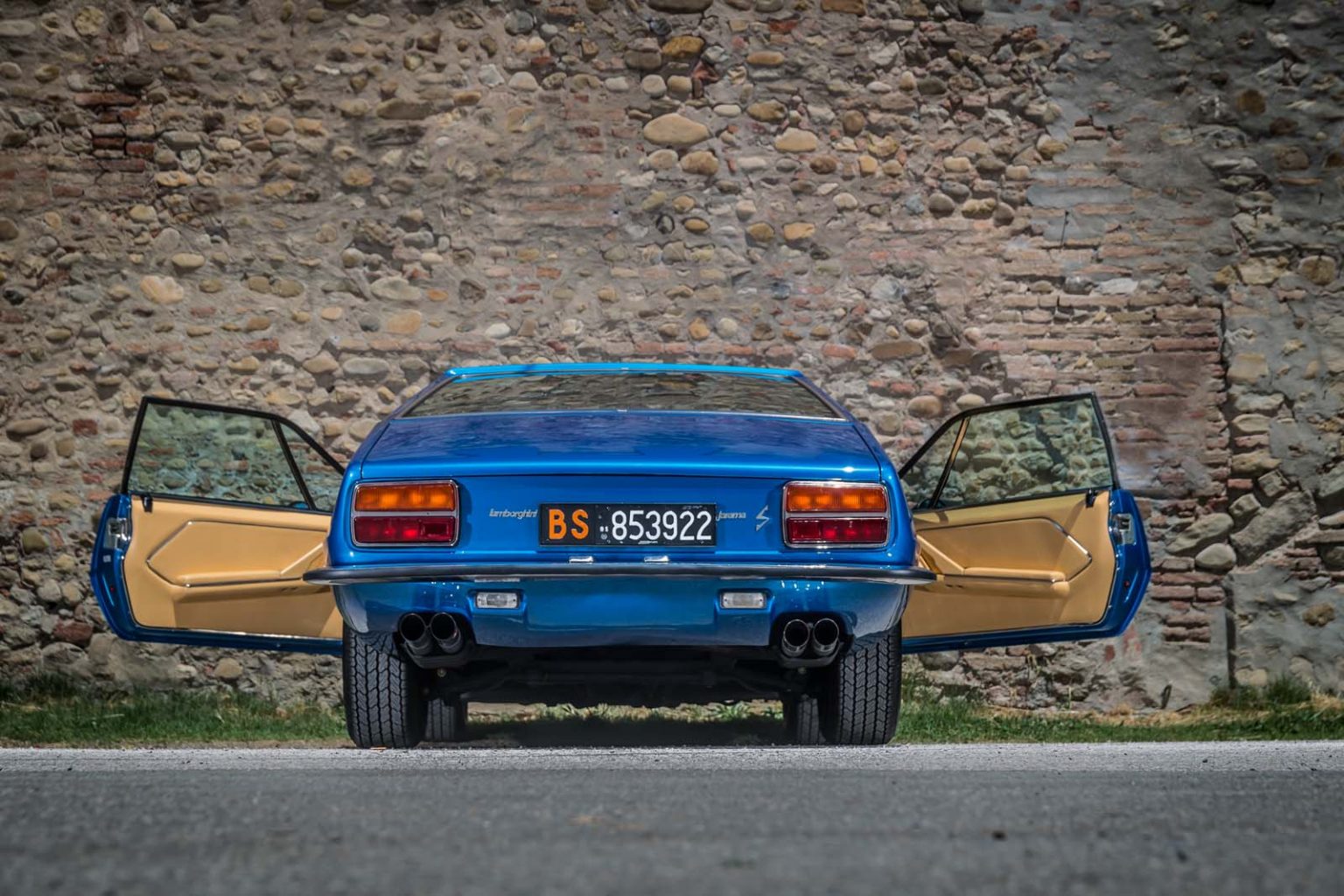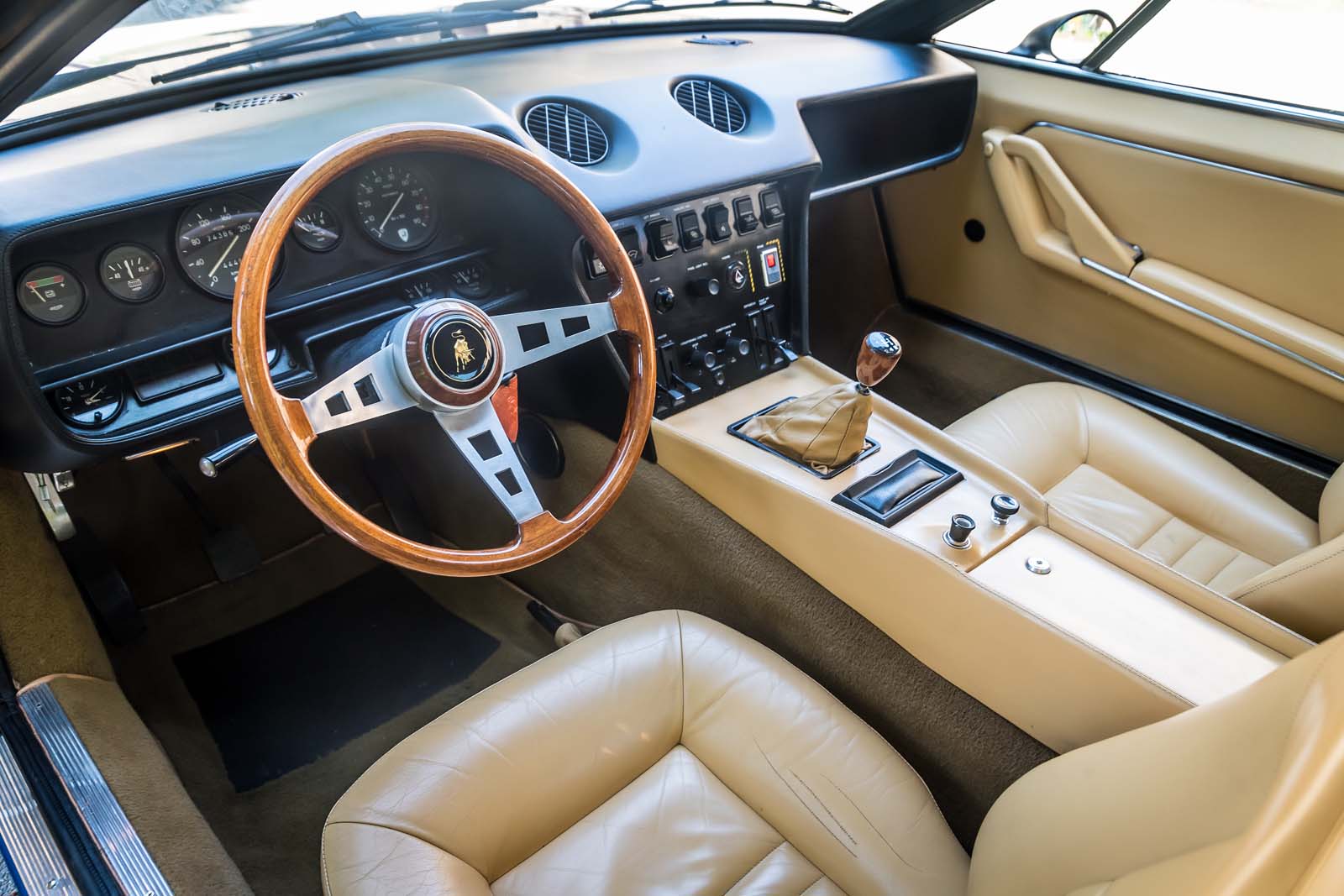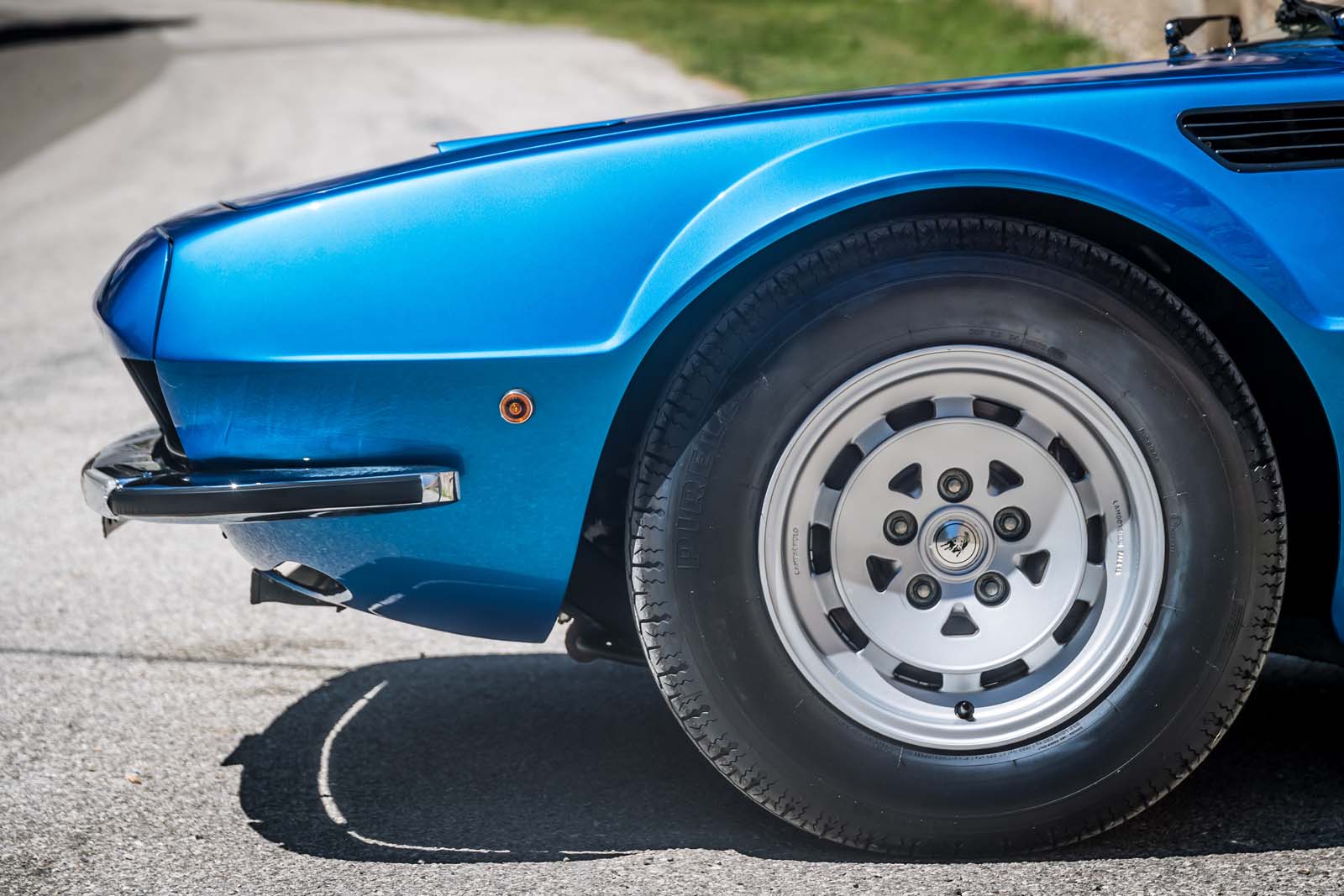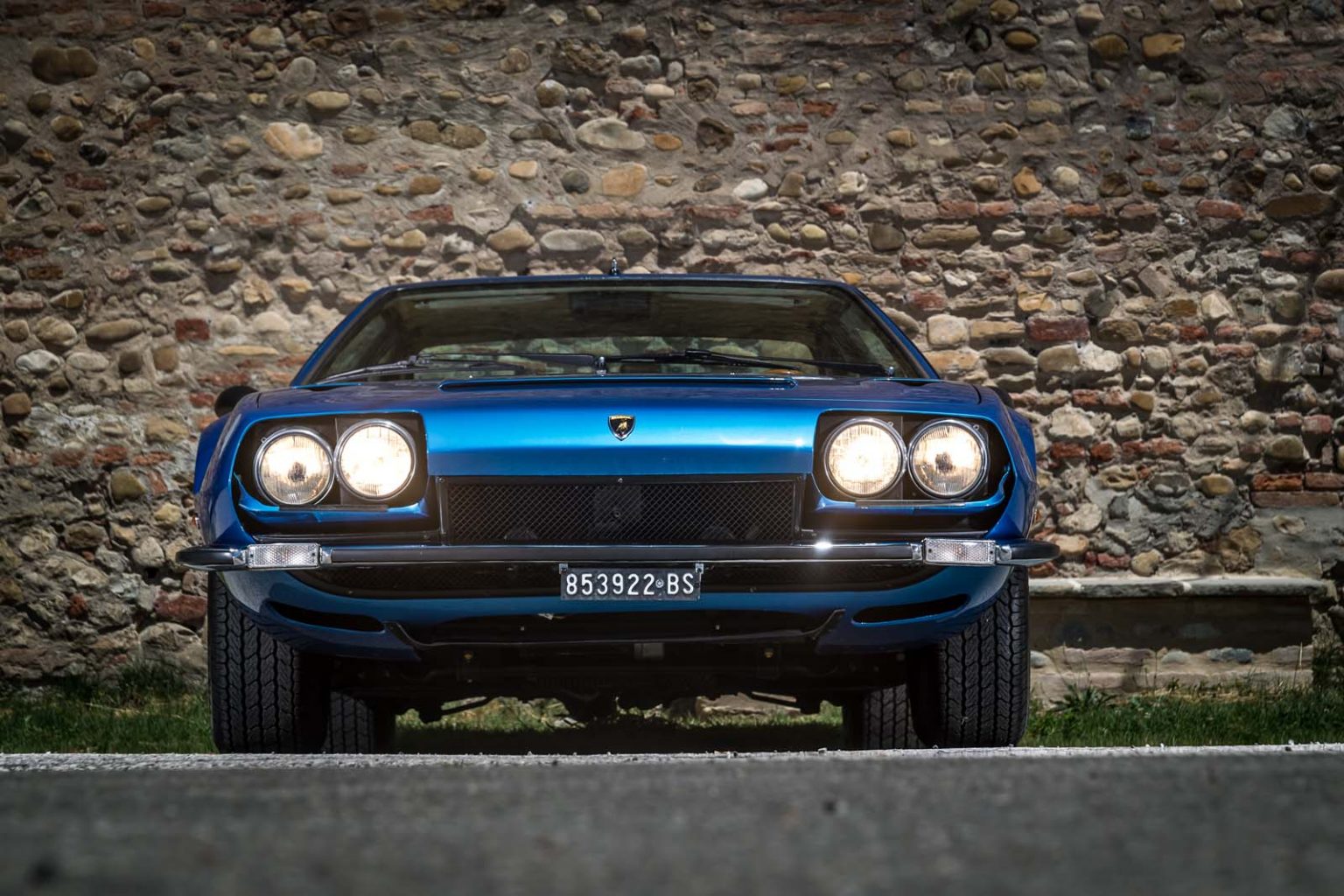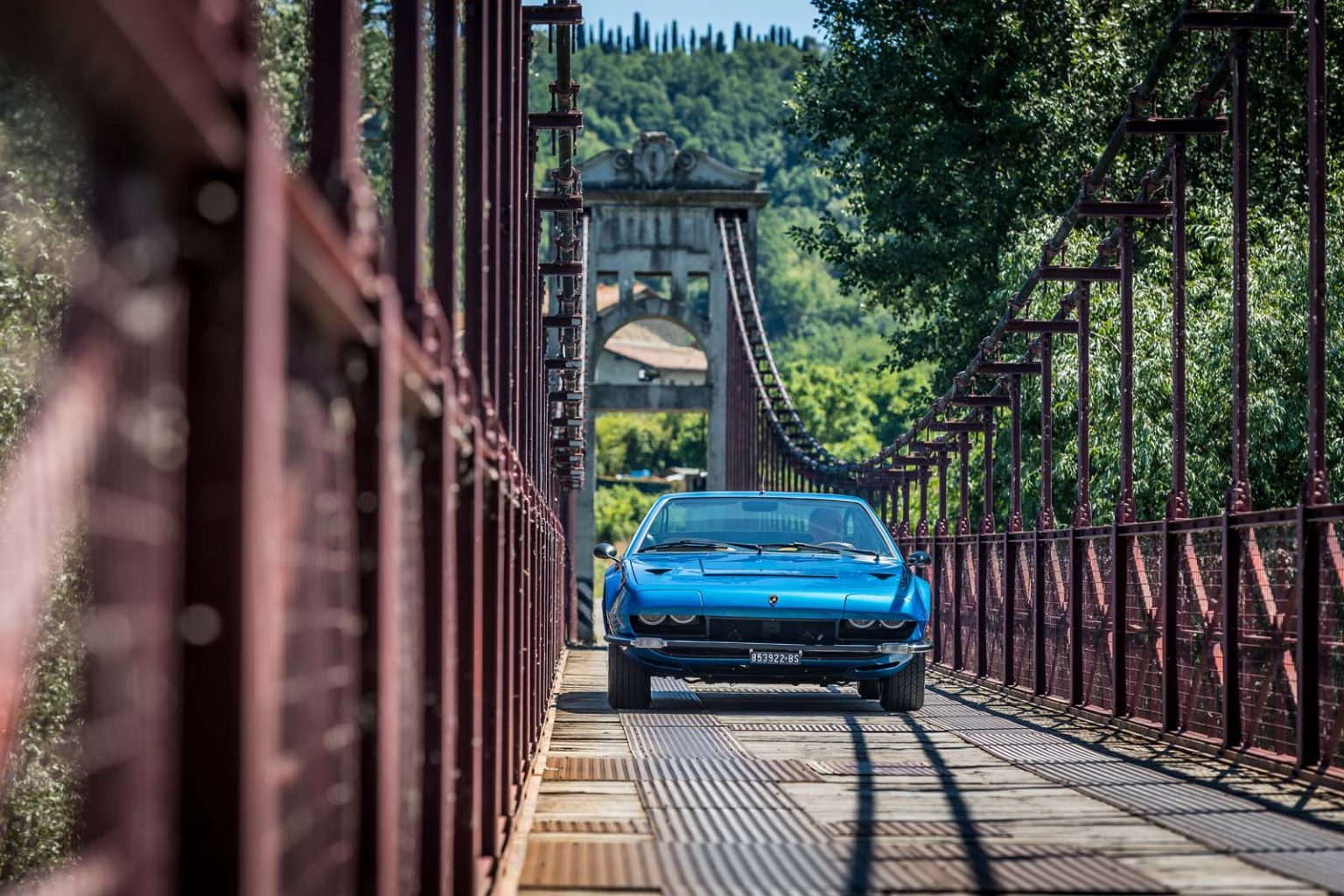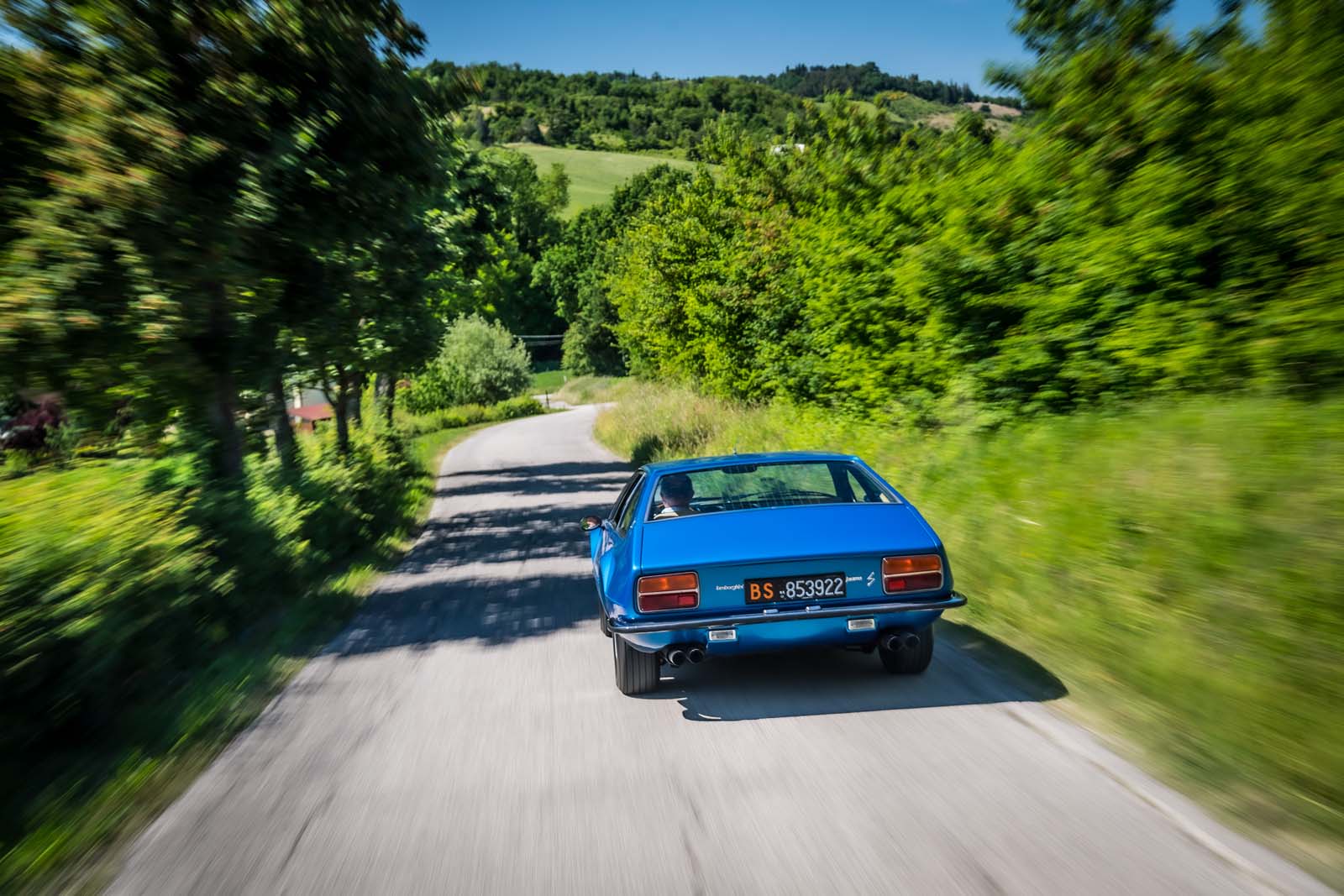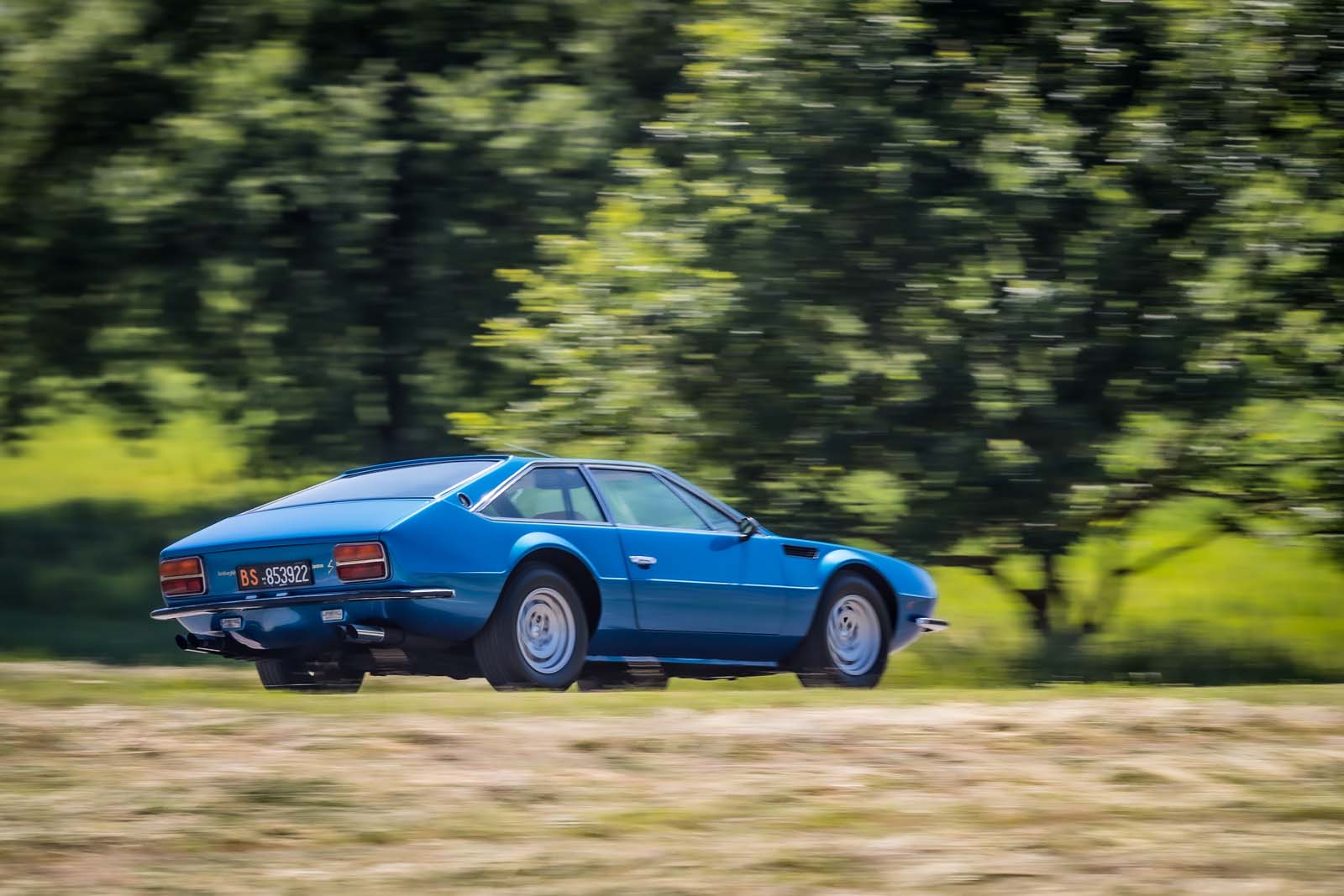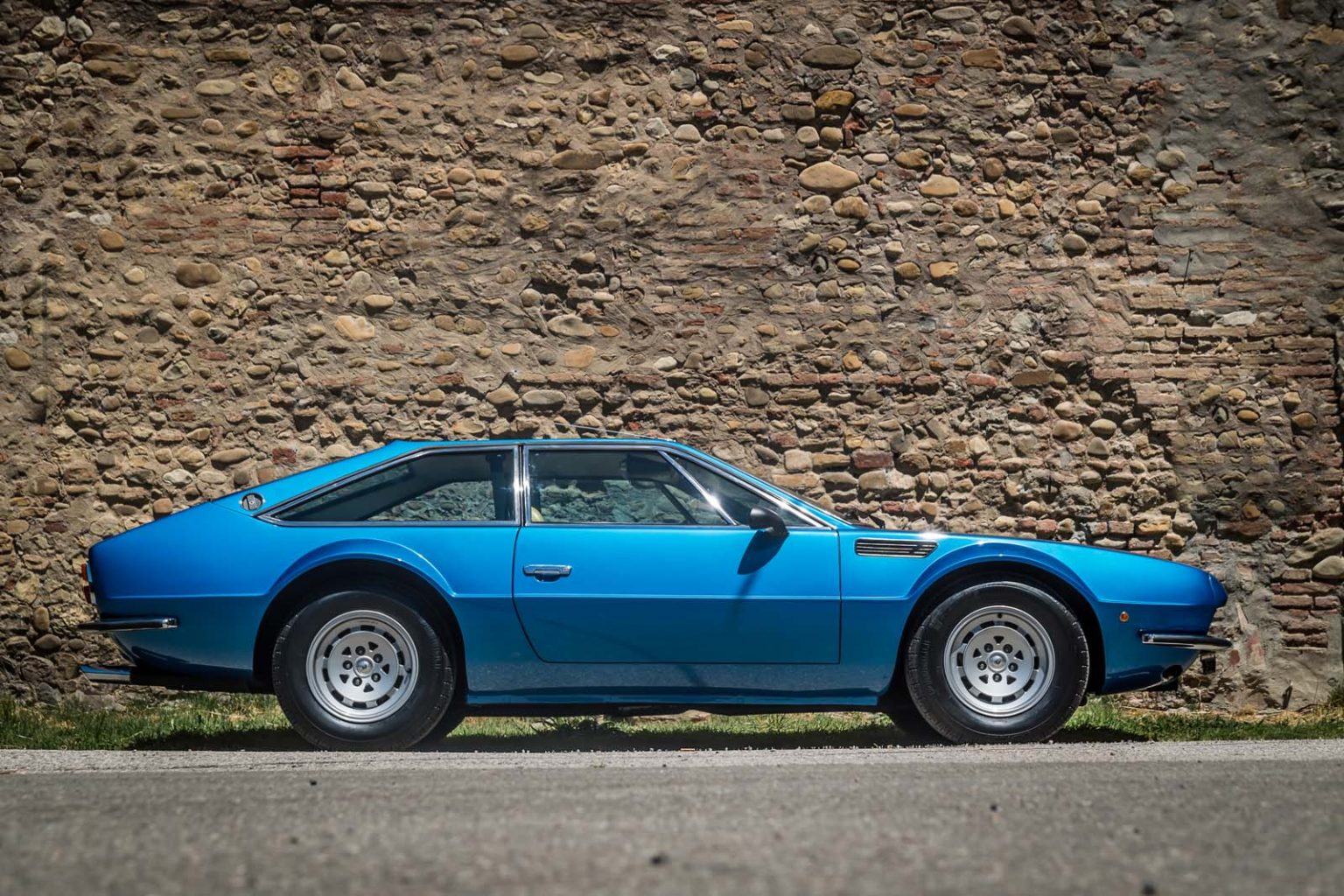
Lamborghini 50 Years Ago Introduce The Striking V12 Jarama GT
50 years ago, Lamborghini launched the Jarama GT at the Geneva Motor Show in March 1970.
Jarama is the name derived from an area of Italy north of Madrid which is famous for breeding bulls for fighting.
It turned out to be the last of the front engined GT cars that Lamborghini would make. not something that anyone would have expected at the time.
The Jarama GT was based on the 400 Gt and Islero predecessors. All three cars feature the same mechanical layout, but the Jarama had a new profile designed by Marcello Gandini. Gandini of course was the principal designer for Carrozzeria Bertone. The new style embodied all of the things using the angular styling trends sweeping the automotive landscape.
The engine, being mounted up front was the V12 4 litre developed from the one used in the Islero and 400GT. Using no less than six double body Weber 40 DCOE carburettors and having double overhead camshafts per cylinder bank. The engine was capable of producing 350 hp with a corresponding fantastic noise. The Jarama GT was capable of reaching a top speed of 260 km/h or 161 mph.
50 years ago, Lamborghini launched the Jarama GT at the Geneva Motor Show in March 1970.
Jarama is the name derived from an area of Italy north of Madrid which is famous for breeding bulls for fighting.
It turned out to be the last of the front engined GT cars that Lamborghini would make. not something that anyone would have expected at the time.
The Jarama GT was based on the 400 Gt and Islero predecessors. All three cars feature the same mechanical layout, but the Jarama had a new profile designed by Marcello Gandini. Gandini of course was the principal designer for Carrozzeria Bertone. The new style embodied all of the things using the angular styling trends sweeping the automotive landscape.
The engine, being mounted up front was the V12 4 litre developed from the one used in the Islero and 400GT. Using no less than six double body Weber 40 DCOE carburettors and having double overhead camshafts per cylinder bank. The engine was capable of producing 350 hp with a corresponding fantastic noise. The Jarama GT was capable of reaching a top speed of 260 km/h or 161 mph.
The Jarama’s chassis was updated with the latest four wheel disc brakes, with the front pair being vented. The track was widened by 10mm to 1,490 mm or 58,7 inches. This was finished off with lovely 15 inch Campagnolo magnesium wheels.
Carrozzeria Marazzi of Caronno Pertusella (Varese) produced the bodywork of the pre-series production cars, they had just finished the production of the Islero. Production versions were produced in Carrozzeria Bertone’s plant in Grugliasco (Turin). The last 100 of the Jaramas produced in 1972 were a mixture of Bertone produced body panels and assembly at Marazzi.
Carrozzeria Marazzi of Caronno Pertusella (Varese) produced the bodywork of the pre-series production cars, they had just finished the production of the Islero. Production versions were produced in Carrozzeria Bertone’s plant in Grugliasco (Turin). The last 100 of the Jaramas produced in 1972 were a mixture of Bertone produced body panels and assembly at Marazzi.
The luxuriously leather trimmed interior is very luxurious featured air-conditioning and a rather comfortable passenger compartment. Certainly, for a sports car plus quite a large boot with a decent amount of luggage capacity.
After the 1972 Geneva Motor Show, production of the Jarama was expanded with the 365 hp Jarama GTS. This featured a transverse air intake on the bonnet with two air outlets behind the front wheel arches. The dashboard was redesigned with new instruments and reshaped front seats. This improved the amount of space for rear passengers. The S version also came with less elaborate alloy wheels which lack the single central nut.
Lamborghini produced a total of 328 Jarama models. this isn’t very many, but 50 years later it still remains the last of the front mounted GT cars. Will we see them produce more in the future; I hope so. Can they look like this too?
The total production figures for each model are as follows:
Lamborghini Jarama GT: 1970-1973, 176
Lamborghini Jarama GTS: 1972-1976, 152
